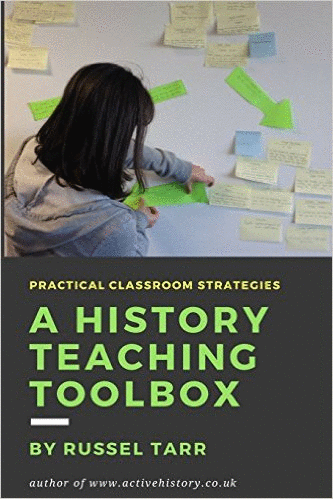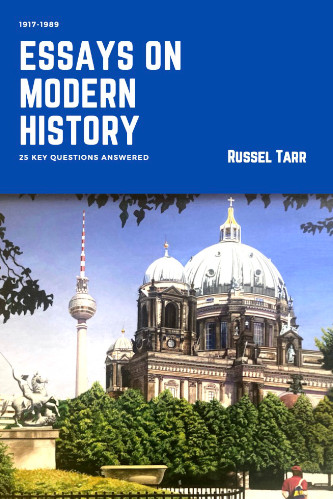World History teaching resources for the high school classroom: lesson plans, worksheets, quizzes and simulation games for KS3, IGCSE, IB and A-Level teachers.
“The Mystery of the Crying Woman” – A Sourcework Analysis Starter
This exercise [printable version] is best used when students have studied the following unit:
ActiveHistory: Main events leading up to the outbreak of World War Two.
Task 1: Focus on the First Image
Start by showing students a copy of the “Crying Woman” image. Introduce this in an appropriately somber manner to create the impression that this is clearly an unhappy event.

Tell them that this picture was taken as German troops arrived in a territory after one of Hitler’s foreign policy successes, and was published in an American newspaper along with the caption “Unable to conceal her misery as she dutifully salutes the triumphant Hitler, [she] is the tragedy of the silent millions who have been ‘won over’ to Hitlerism by the everlasting use of ruthless force”.
Ask them “Where do you think this photograph was taken?”
- The Rhineland, following its re-militarisation
- Austria, following the Anschluss
- The Sudetenland, following the Munich Agreement
- The Invasion of Czechoslovakia
Once students have voted and their reasons have been discussed, ask them “How do you think this woman is feeling? Why is she nevertheless giving the Nazi salute?” (most students will speculate that she is deeply unhappy, but has no choice but to salute the Nazis or face punishment).
Then tell them the correct answer: it was taken as German troops arrived following the annexation of the Sudetenland.
Ask students “On that basis, how reliable is this photograph as evidence of how people in the Sudetenland responded to its annexation by the Nazis?” (students should recall that the Nazis were broadly welcomed as they arrived by enthusiastic crowds of Sudeten Germans whilst those who opposed the annexation stayed away).
Ask students “On this basis, why would this woman be crying?”. Edge them towards the idea that these could in fact be tears of joy. “If that is indeed the case, what sorts of things might we expect to see going on either side of this woman if the photographer broadened his perspective?” (ideas: smiling happy faces).
Task 2: Focus on the Second Image
At this point, tell the students that the photograph they have seen is in fact a cropped version of an image that had originally been published in a Nazi newspaper as a propaganda piece and which looks like this:

The History of the Sudetenland webpage has the caption: "Overcome By Emotion — Three Sudetenlanders, one overcome with emotion as she raises her arm in a Nazi salute, pay homage as the Wehrmacht enters the border town of Cheb, October 1938."
A letter to Time Magazine (Nov. 12, 1945), written by Lieutenant Earle A. Cleveland, discusses the emotional state of the depicted woman: "The sobbing woman with arm outstretched in Nazi salute has been consistently interpreted as a symbol of forced obedience to the German conquerors of Czechoslovakia ... The picture was snapped by a German press photographer and first appeared in the National Socialist newspaper, Völkischer Beobachter, in the fall of 1938, shortly after the Sudeten 'Anschluss.' The Nazi explanation was that here were portrayed the intense emotions of joy which swept the Sudeten Germans as Hitler crossed the Czech border at Asch and drove through the streets of the nearby ancient city of Eger [the German name for Cheb], 99% of whose inhabitants were ardently pro-Nazi Sudeten Germans at the time."
The discussion could close with students taking a vote on which interpretation of the woman’s emotions is most likely to be accurate given their background knowledge.
Points for discussion
“The camera never lies”. To what extent do you agree with this judgement? Explain your answer by considering both sides of the argument and using the example of the “Crying Woman” cartoon to illustrate your points.
TIP: Make sure you use the keywords “ cropping” and “ captioning” in your answer.
Comments? Suggestions? Contact me!
russeltarr@activehistory.co.uk
@russeltarr on Twitter
For many more resources, check out www.activehistory.co.uk

© 1998-2024 Russel Tarr, ActiveHistory.co.uk Limited (Reg. 6111680)
1 Torrin Drive, Shrewsbury, Shropshire, SY3 6AW, England
All rights reserved | Privacy Policy | Contact






